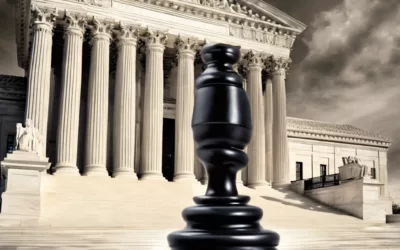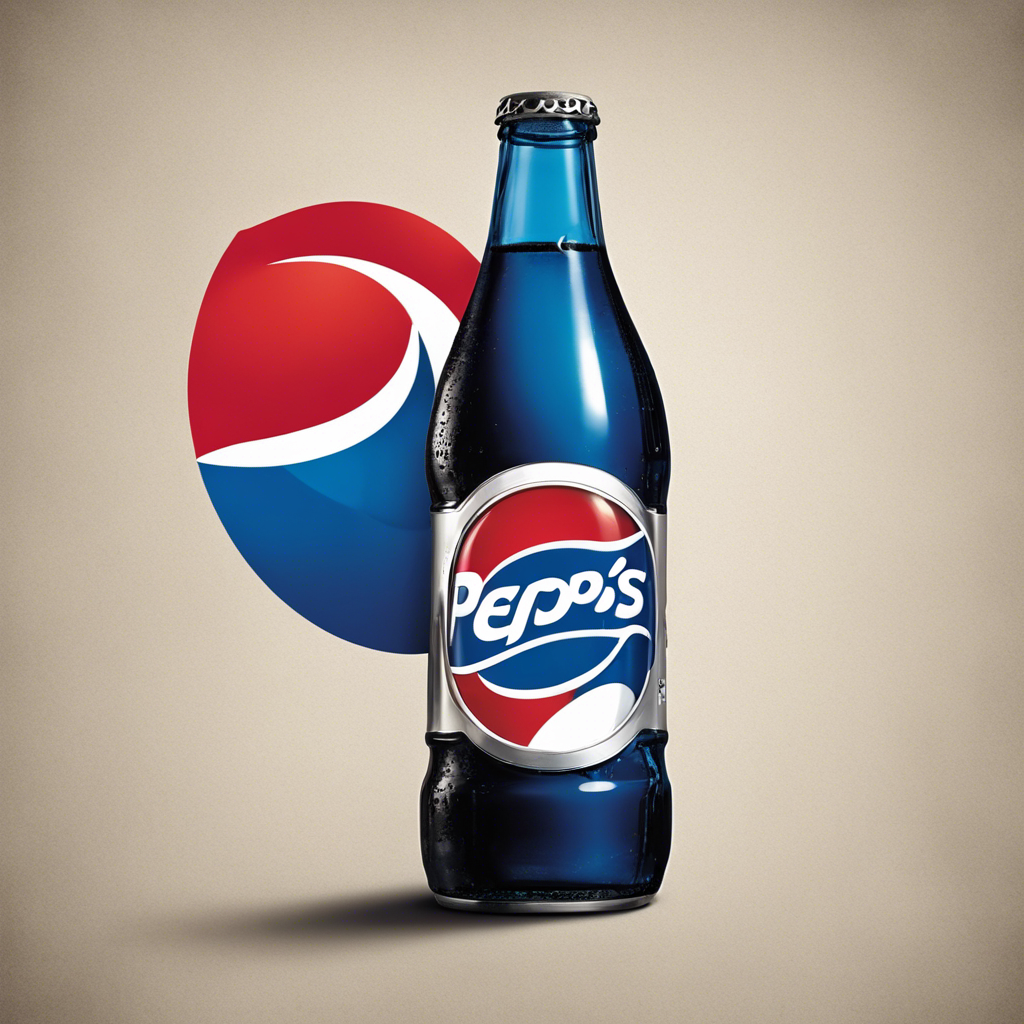The Highs and Lows of Creativity: How Drugs Have Shaped Art and Culture

Exploring the profound influence of drugs on the creation of masterpieces
From iconic albums to acclaimed novels and groundbreaking films, the world of art and culture is filled with works that have left a lasting impact on society. But what many may not realize is that a significant number of these masterpieces were conceived and created under the influence of drugs. In this article, we delve into the complex relationship between creativity and substance use, exploring how drugs have shaped the artistic landscape throughout history.
The Role of Drugs in Music and Literature
Music and literature have long been intertwined with the use of drugs, providing artists with a means to explore new realms of creativity and self-expression. The Beatles’ groundbreaking album, “Sgt. Pepper’s Lonely Hearts Club Band,” was crafted during a period when the band members were heavily influenced by weed, LSD, and cocaine. Similarly, Marvin Gaye’s socially conscious masterpiece, “What’s Going On,” was created amidst a haze of marijuana smoke, with everyone involved chain-smoking their way through the recording sessions.
Drugs and Filmmaking: A Tricky Balance
While drugs have played a significant role in music and literature, the same cannot be said for the world of filmmaking. Unlike writing and recording music, making a film involves a collaborative effort, making it difficult for individuals to indulge in substance use without disrupting the creative process. However, there have been exceptions. The production of the cult classic “Easy Rider” saw the entire cast and crew embracing a drug-fueled lifestyle, with stories of desperate cocaine hunts and even snorting ashes.
The Influence of Drugs on Literary Classics
Literature has seen its fair share of drug-fueled creativity. Jack Kerouac’s iconic novel “On the Road” was written in a mere three weeks, fueled by a cocktail of cigarettes, coffee, booze, and benzedrine. Even the beloved F. Scott Fitzgerald, known for his masterpiece “The Great Gatsby,” lived a life plagued by alcoholism, which undoubtedly influenced his writing style and themes.
Art and Drugs: A Deadly Combination
The art world has also been deeply impacted by drugs, with some artists using substances to fuel their creativity while others succumb to their destructive nature. Jean-Michel Basquiat, known for his vibrant and influential artwork, battled addiction throughout his life, ultimately succumbing to an accidental heroin overdose. Despite the tragic end, his work continues to be celebrated and fetches millions at auctions.
Drugs in Pop Culture
Even in the realm of popular culture, drugs have left an indelible mark. Dr. Dre’s iconic album “The Chronic” is now part of the Library of Congress, a testament to its cultural significance. Additionally, films like “The Decline of Western Civilization” and “Caddyshack” have gained critical acclaim despite featuring casts and crews who were often intoxicated during production.
Conclusion:
The relationship between drugs and creativity is a complex and multifaceted one. While substance use has undoubtedly influenced and shaped numerous masterpieces, it is essential to recognize the dangers and risks associated with drug abuse. The artists who have fallen victim to addiction remind us that there is a fine line between inspiration and self-destruction. As we continue to appreciate and celebrate the works of art influenced by drugs, we must also strive to support and promote healthier avenues for creative expression.









